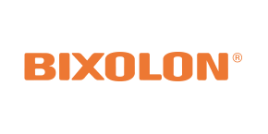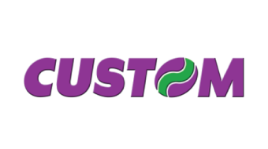DPM Barcode Scanner
DPM (Direct Part Marking) Barcode Scanner
A DPM (Direct Part Marking) Barcode Scanner is a device designed to read barcodes that are directly marked on a workpiece or product. Unlike traditional barcodes printed on labels or stickers, DPM barcodes are typically engraved, etched, or marked onto the material of the workpiece itself, making them durable and resistant to harsh environments.
Technology Used for Reading
DPM barcode scanners usually use imaging technology to capture an image of the barcode on the material surface. This differs from traditional barcode scanners that use laser beams for scanning. Imaging technology allows for reading barcodes even if they are partially damaged or on uneven or reflective surfaces.
Reading Capabilities
- Read barcodes on various material surfaces: Can read barcodes marked on metal, plastic, glass, ceramic, or other materials.
- Read 2D barcodes: Most support reading 2D barcodes such as Data Matrix, which is suitable for storing large amounts of data in a limited space.
- Resistant to harsh environments: Designed to withstand industrial environments such as dust, heat, humidity, and vibration.
Applications
- Automotive industry: Track auto parts throughout the manufacturing and maintenance processes.
- Electronics industry: Track electronic components and circuit boards.
- Medical industry: Track medical instruments and equipment.
- Asset management: Track and manage high-value assets such as machinery and office equipment.
- Logistics and transportation: Track goods and packages.
Benefits of Using DPM Barcode Scanners
- Increased efficiency: Reduces time and labor in tracking and managing goods or assets.
- Reduced errors: Reduces identification and tracking errors because DPM barcodes are durable and cannot be easily peeled off or damaged
- Enhanced security: Can be used to verify and prevent product counterfeiting.
- Improved traceability: Enables tracking of product history, transportation, and usage.


































-pn1157-0016-9_268.jpeg)





















